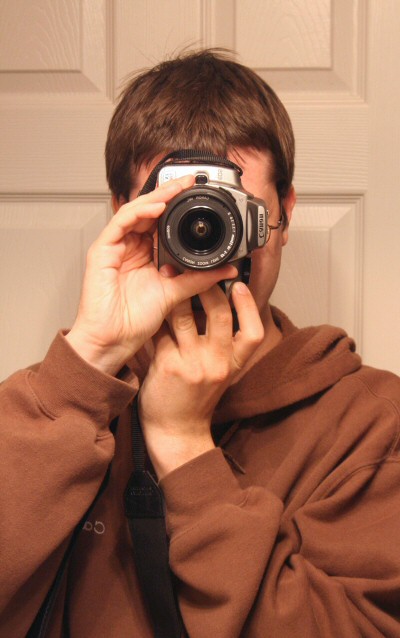And he’s a museum curator, and his house (two authentic log cabins that he took apart and reconstructed with a new stone building between them) is filled with historical artifacts and ephemera. It is NOT exactly filled with light, because log cabins are not known for their vast expanses of window, but I tried to get a picture of one such artifact anyway.

It’s a framed flier full of survival tips for when you are struck by an atomic bomb, obviously from the 50s or 60s. These are unbelievably helpful tips; what’s really tragic is that they were kept secret.

Allow me to transcribe:
- Try to get shielded. Get down in a basement if there is one. Caught in the open, take shelter alongside a building or in a ditch or gutter.
- Drop flat on ground or floor. Flatten out at base of wall or bottom of bank.
- Bury your face in your arms. Hide eyes in crook of elbow. That will protect face from burns, flying objects, temporary blindness.
- Don’t rush outside right after a bombing. Wait a few minutes after an air burst, at least an hour if the bomb explodes on the ground, to let the radiation die down.
I can’t figure out which words to emphasize for amazingness. Is it the admonition about “temporary blindness?” The advice to people caught in the open under a nuclear weapon, which is to go flop in a ditch for convenient body-collection? The idea that you must wait at least an hour for radiation to die down?
Anyway, the best part is the name of the establishment that brought this important, life-saving information to you, dear reader.

